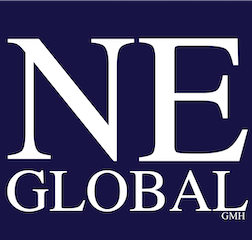The head of the United Nations’ nuclear watchdog, Rafael Mariano Grossi said it reached an agreement with Iran to continue the “necessary monitoring” of the country’s nuclear activities for up to three months.
He stressed, however, that the International Atomic Energy Agency (IAEA) would not have the same level of access and there will not be any snap inspections, but IAEA would still be “able to retain the necessary degree of monitoring and verification work”.
“We reached a temporary bilateral technical understanding whereby the agency is going to continue its necessary verification and monitoring activities for a period of up to three months,” Grossi told reporters after his return from Tehran, Reuters reported.
“We are going to keep this understanding we reached under review constantly – so if we want to suspend it or extend it, this can be done,” he added, noting that the agreement “salvages the situation for now”.
His visit to Iran for emergency talks came amid advanced efforts between the US under Joe Biden’s administration, EU nations and Tehran to salvage the 2015 deal.
Last week, Iran threatened to block snap inspections by the UN nuclear watchdog from next week if other parties to the 2015 nuclear deal do not uphold their obligations.
“If others do not fulfil their obligations by Feb. 21, the government is obliged to suspend the voluntary implementation of the Additional Protocol,” the country’s Foreign Ministry spokesperson Saeed Khatibzadeh said.
The announcement marked another challenge to Biden, who hopes to restore the nuclear deal, after Donald Trump pulled out of the agreement in 2018.
Under the deal, namely the Joint Comprehensive Plan of Action (JCPOA), Iran agreed to curbs on its uranium enrichment program in return for the lifting of US sanctions. However, following Trump’s withdrawal from the deal, Tehran began breaching some of the terms.
In January, the country resumed enriching uranium to 20% purity at the Fordow facility, exceeding by far the limit of 3.67% allowed under the nuclear deal.







